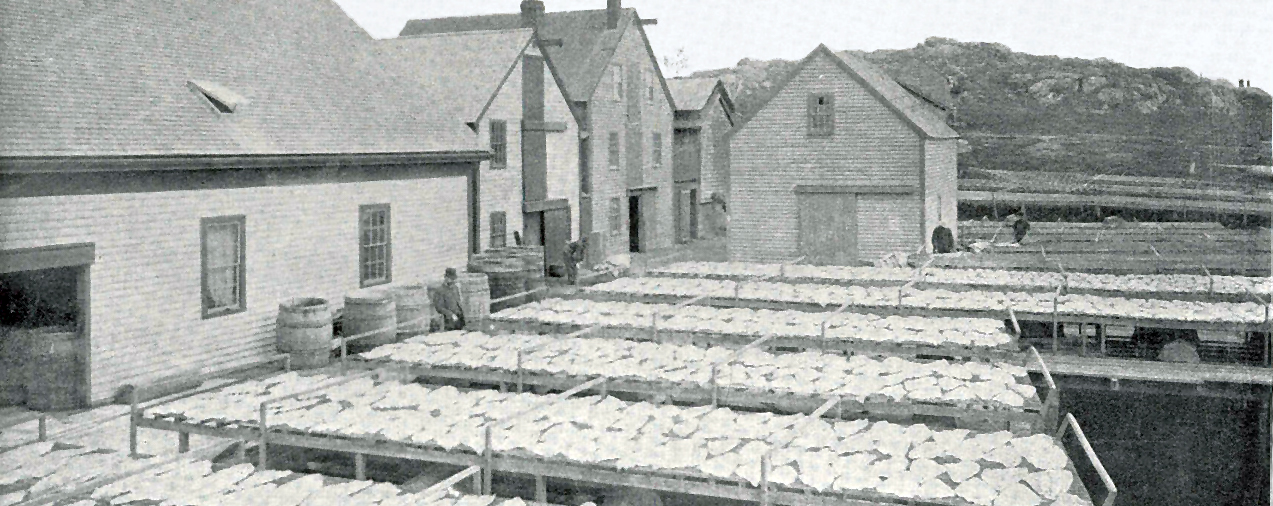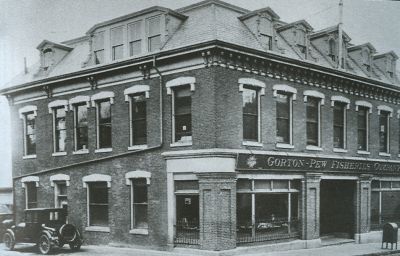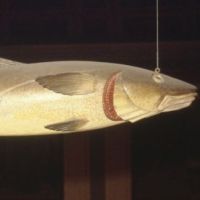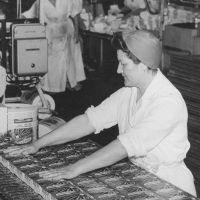Primary Source
From the Address by Mayor William J. MacInnis, August 28, 1923
For 300 hundred years Gloucester men have gone down to the sea in ships and have done business upon the great waters. They have made our fishing industry an honourable calling. What manner of men were they, these men who year after year of the history of Gloucester who from the very beginning have sailed from our harbor over the wide courses of the ocean, have fished upon the Banks, have endured the hardships of the seasons, have returned with varying cargoes, sometimes successful, sometimes unsuccessful, - have weathered the gales, have been shipwrecked and finally on the last voyage have gone to their eternal sleep on the bed of the ocean? Since 1623 they have come to Gloucester from the countries of the world, from east and west, from north and south, kindred spirits – venturesome, hardy and courageous. They came to Gloucester as strangers and they learned to call it home. From all lands they came, as if drawn by a magnet, men of different races, nationalities, customs and tongues. Always retaining their individualities, they became one in purpose.
Quoted in The Book of the Three Hundredth Anniversary Observance of the Foundation of the Massachusetts Bay Colony at Cape Ann in 1623 and the Fiftieth Anniversary of the Incorporation of Gloucester as a City 1924, ed. by James R. Pringle (n.p.)







